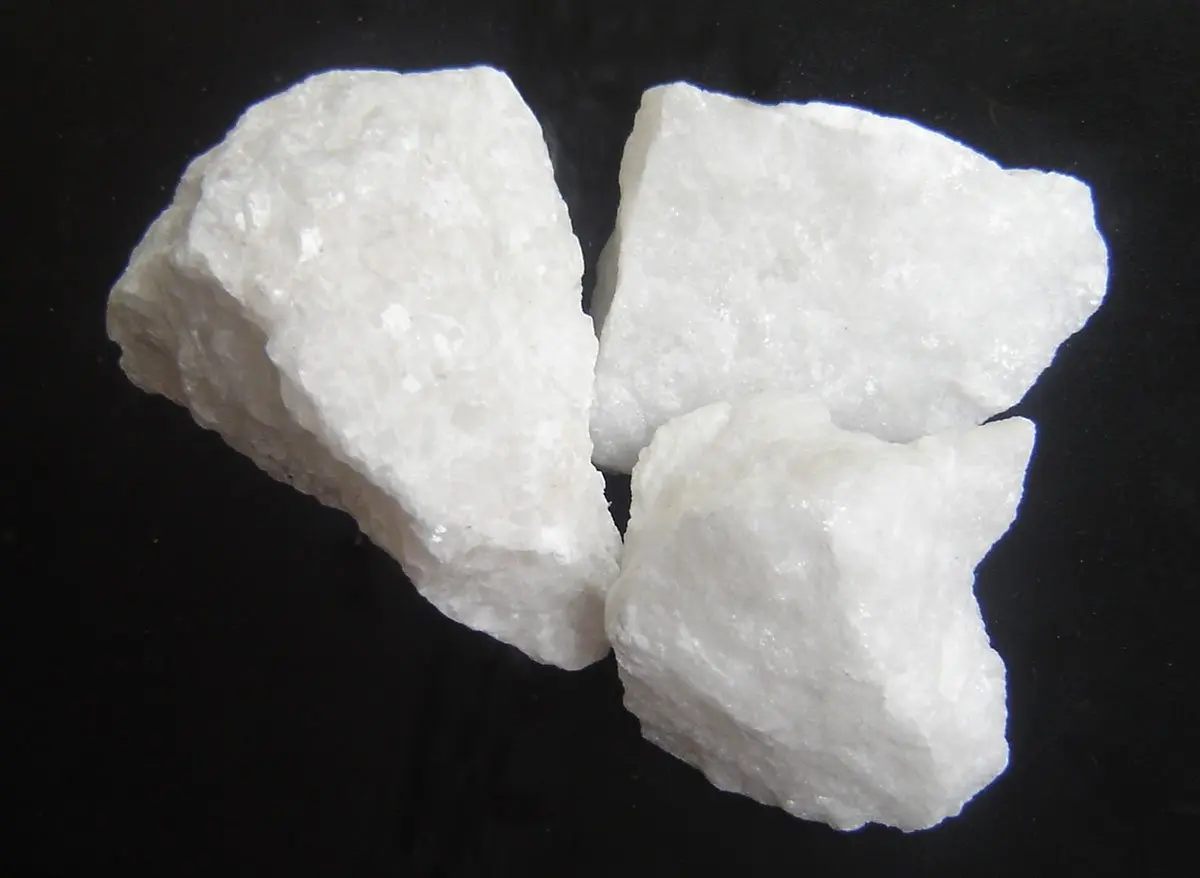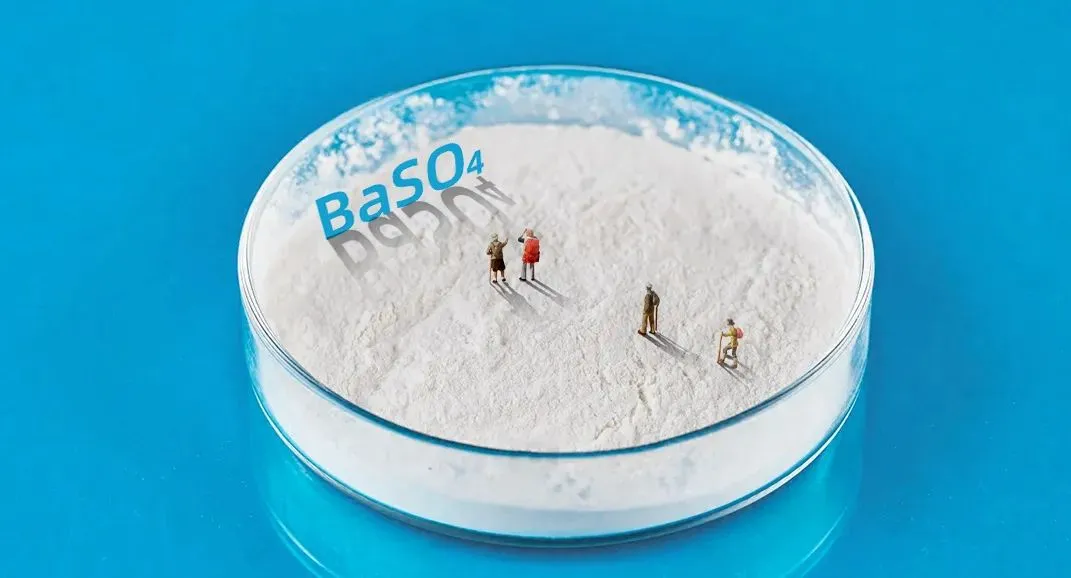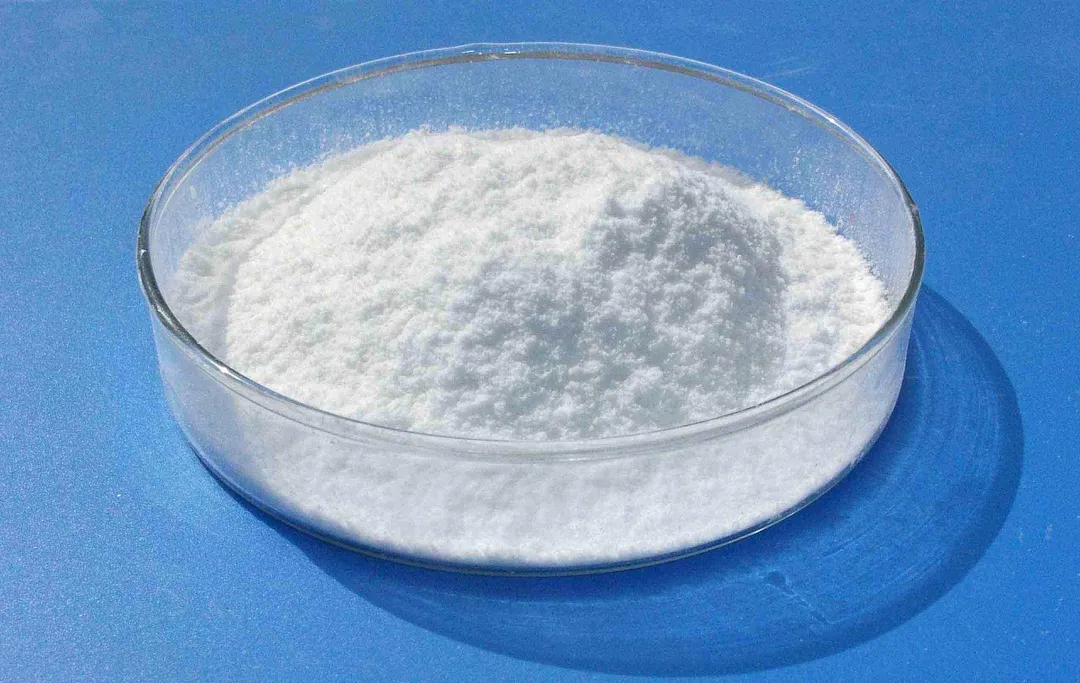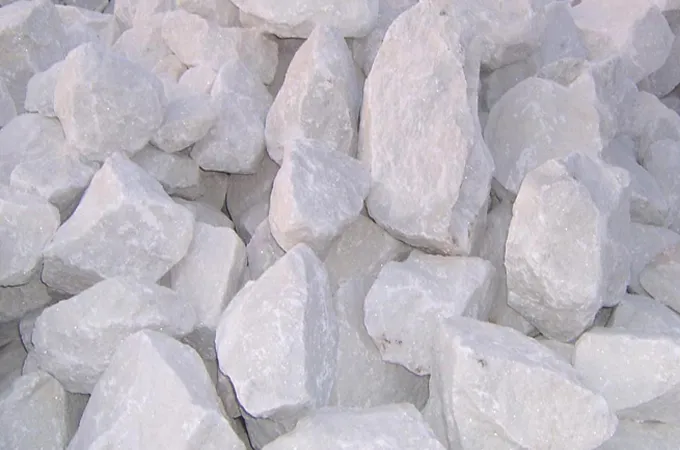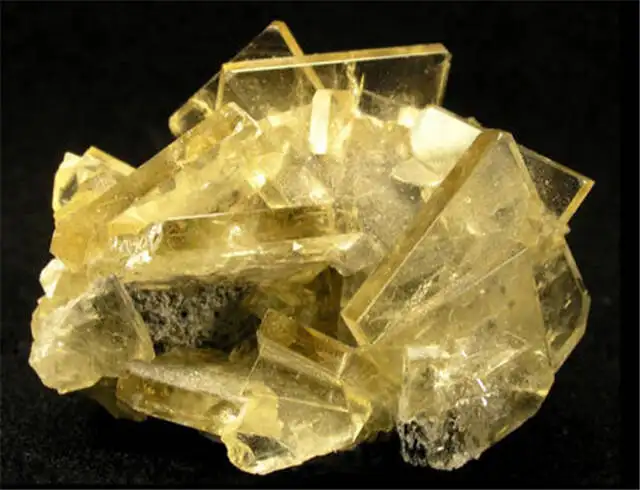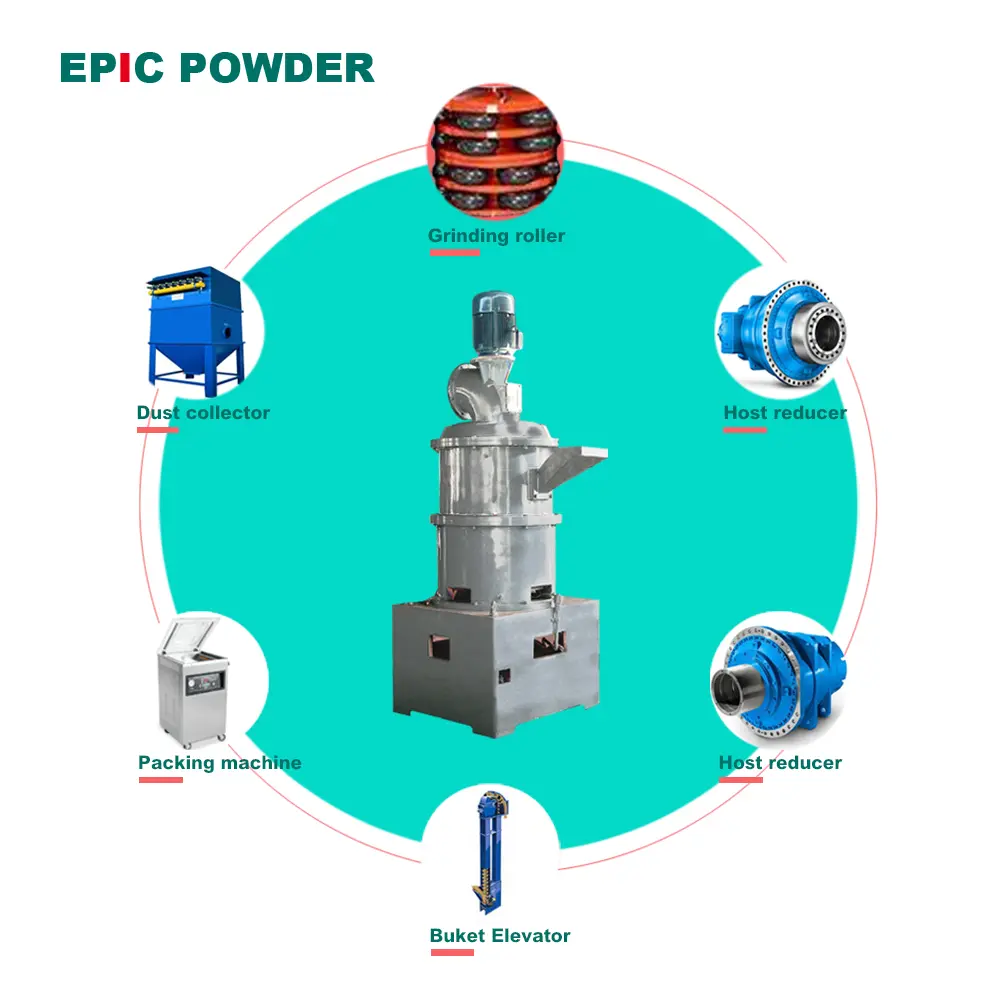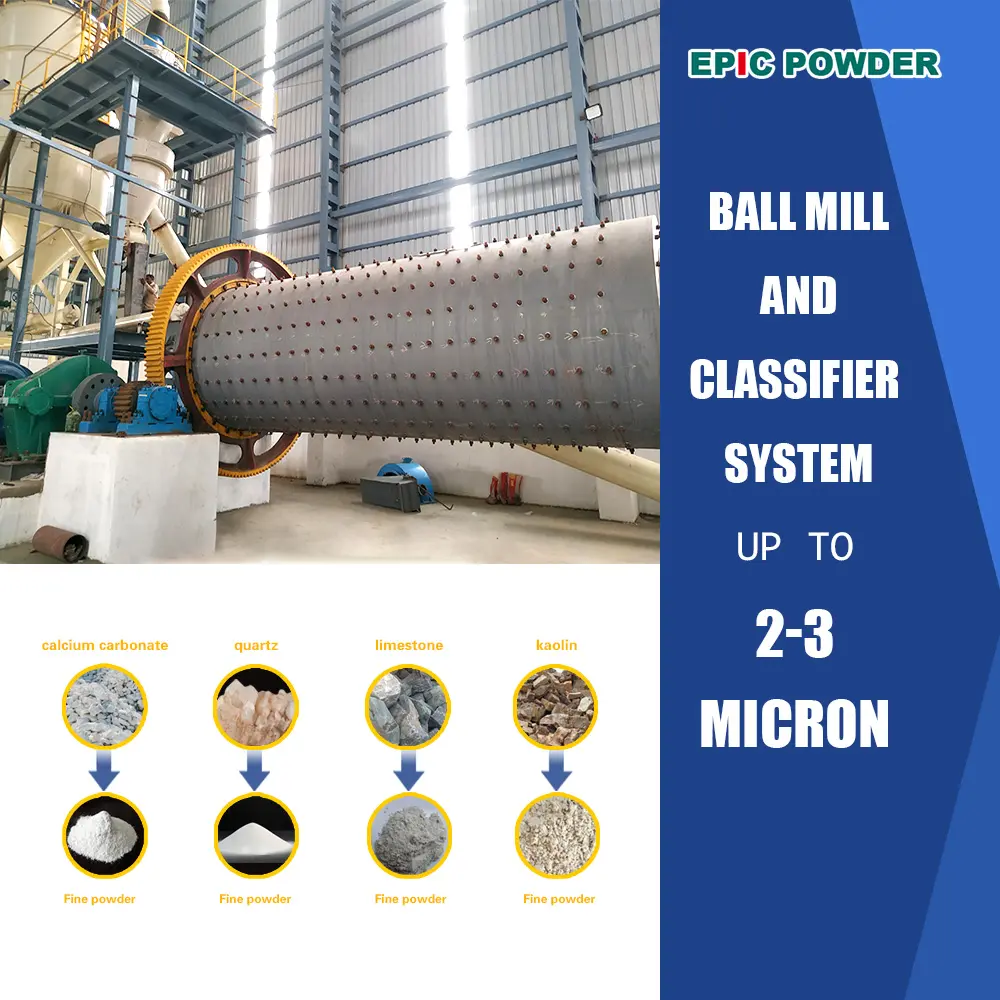In nature, a vast number of calcium carbonate-based materials exhibit excellent mechanical properties. It maintains a simple composition and attracts widespread interest from scientists. Through in-depth research on the nucleation and growth mechanisms of calcium carbonate, biomineralization control has been achieved. It offers broad application prospects in antifouling, scale prevention, self-cleaning, and oil-water separation.
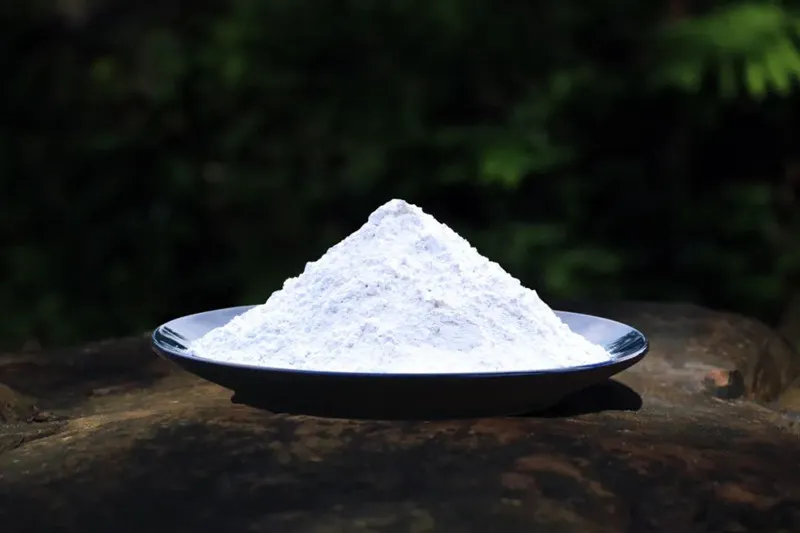
Superhydrophobic surfaces, due to their unique properties, have extensive applications in waterproofing, antifogging, self-cleaning, corrosion resistance, anti-icing, and drag reduction. However, achieving large-scale production of low-cost, low-toxicity, easily applicable, and highly durable superhydrophobic coatings remains a significant challenge.
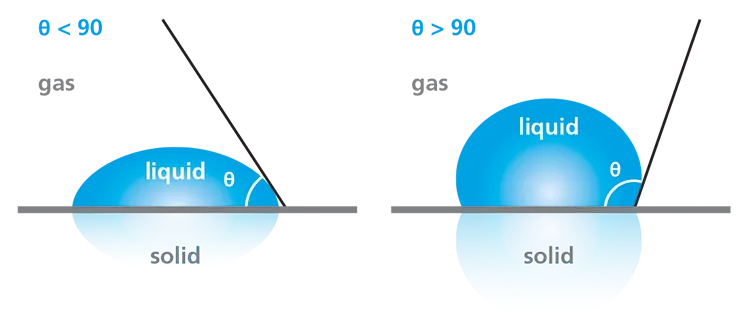
Numerous studies have shown that low surface energy and rough structures are the primary factors influencing superhydrophobic performance. It is in key research area in calcium carbonate modification technology. Simply put, the modification of calcium carbonate aims to reduce surface energy while maintaining dispersion, increase the contact angle, and ensure hydrophobicity.
Which Type of Calcium Carbonate Is More Suitable for Functional Coatings? How Should It Be Modified? What Are the Actual Effects?
Gu Weile and colleagues synthesized two different crystalline forms of calcium carbonate powder. They were blended with low-surface-energy polydimethylsiloxane (PDMS) and spray-coated to create superhydrophobic coatings. The self-cleaning ability and impact resistance of these coatings were then tested.
Experimental results showed that the optimal modification effect and best hydrophobicity were achieved when 5% sodium stearate (NaSt) or 5% sodium oleate (NaOL) was used as a surfactant. Specifically, the contact angle of aragonite-type calcium carbonate modified with 5% sodium stearate was 127.5°. And calcite-type calcium carbonate modified with 5% sodium oleate was 115.4°.
Further studies explored the influence of different crystalline forms of calcium carbonate on the hydrophobic performance of the coatings. The contact angles of calcite-based and aragonite-based calcium carbonate coatings were found to be 151.4° and 153.2°, respectively.
Finally, the self-cleaning and impact resistance of the superhydrophobic coatings were examined. The results demonstrated that even after a 500mL water droplet impact test. The contact angles of both crystalline forms remained above 140°, maintaining excellent hydrophobic properties.
Cheng Yuan et al. used calcium carbonate whiskers (CCWs) and nano-calcium carbonate (CCNPs) as fillers to prepare superhydrophobic coatings. They optimized the powder surface modification, coating formulation, and application techniques. It is by adopting a “primer-topcoat” approach and polishing methods commonly used in coating construction. The study revealed that after 15 cycles of friction, the coating achieved a contact angle of 153.88° and a rolling angle of 9.20°, demonstrating excellent self-cleaning properties and artificial repairability.
On Which Substrates Can Calcium Carbonate Functional Coatings Be Applied?
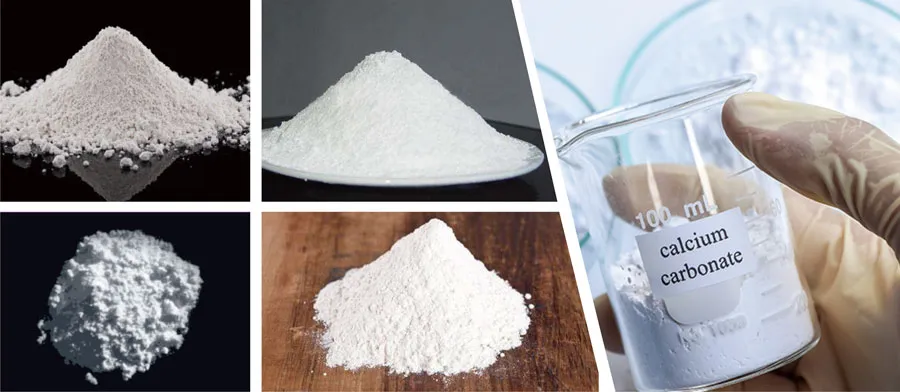
Fibers
The wet coating technology based on polyamide waste fibers is the primary method for producing coated textile products such as trademark ribbons. It is also an important way to physically recycle polyamide fibers. It offers advantages such as low production costs and excellent product performance. Calcium carbonate, an inexpensive, non-toxic, and environmentally friendly inorganic powder, is widely used as a filler in the wet coating process of polyamide waste fibers. It enhances the thickness, whiteness, and strength of the coated surface on trademark ribbons.
Lei Pengfei et al. synthesized calcium carbonate as a coating filler using an in-situ oleic acid method and applied it to polyamide wet coatings. The results showed that the coating film’s contact angle decreased by 8.29°, the ink mark length on the coated fabric was reduced by 10.42mm, and the fabric’s pH value dropped to 7.27, improving ink absorption and making the pH more compliant with textile safety standards.
Jiang Jikang et al. modified calcium carbonate by grafting it with the synthetic modifier DOPO, achieving uniform dispersion in polyamide coatings. The coating exhibited a clear and porous structure with a fluffy texture. Under humid conditions, the coated fabric maintained a pH of 7.02, meeting environmental standards. The ink absorption time was 89 seconds, with an ink mark length of 53.4mm. The printed barcode remained clear and unbroken, reaching an A-grade rating.
Chen Zhijie et al. modified calcium carbonate by surface grafting with a silicon-phosphorus flame-retardant coupling agent to enhance dispersion and impart flame-retardant properties. This approach successfully created a smooth, thin, and porous polyamide coating on fabrics. The study demonstrated that the modified calcium carbonate exhibited excellent oleophilicity, and the resulting polyamide 6-coated fabric achieved significant flame-retardant effects.
Concrete
Surface coating technology is an effective method for improving the durability of concrete. Superhydrophobic coatings with waterproofing, anti-icing, and self-cleaning properties are among the most actively researched topics today.
Xu Huafeng et al. used polydopamine to induce calcium carbonate mineralization on concrete surfaces while in-situ reducing silver ions into nanosilver to construct a micro-nano composite rough structure. The surface was then modified with low-surface-energy silane to obtain a functionalized biomimetic superhydrophobic calcium carbonate coating. The results showed that the water absorption rate of the composite-coated sample decreased by 90.3% in normal environments and by 93.44% in simulated seawater environments compared to untreated samples, demonstrating excellent waterproofing and penetration resistance. After a five-meter equivalent distance of repeated friction on sandpaper, the coating’s contact angle remained above 140°, with only a 6.87% decrease, indicating strong wear resistance.
To enhance the anti-corrosion and stain resistance of outdoor sandstone buildings, Wen Yaping et al. synthesized a calcium carbonate-based fatty acid-modified coating using a liquid-phase reaction, with fatty acids serving as the hydrophobic modifier. The study found that stearic acid-modified vaterite calcium carbonate had a larger average crystal grain size (31nm), significantly altered the sandstone surface roughness, achieved a hydrophobic angle of 119°, attained a stain resistance rating of 5, and reduced water absorption to only 1.0%. Compared with untreated coatings on sandstone samples, this method effectively improved the stain resistance of sandstone surfaces.
Glass
Yuan Zhiqing et al. developed a simple method to prepare superhydrophobic coatings based on polydimethylsiloxane (PDMS)/CaCO₃. The resulting coatings were applicable to various substrates, including kraft paper, glass slides, and copper plates. When applied to glass substrates and dried at room temperature, the coating achieved a contact angle of 160° with a sliding angle of less than 3°. Shear tests showed that the superhydrophobic P3 coating exhibited high mechanical shear resistance and adhesion, ensuring a stable superhydrophobic surface. Outdoor experiments demonstrated that self-cleaning coatings prepared using silicone resin and stearic acid-modified calcium carbonate retained over 85% of the glass panel’s transparency, achieved a contact angle of approximately 110°, and maintained effective anti-fogging properties. After four months of outdoor exposure, the coating’s self-cleaning function remained largely intact.
Metal
Self-cleaning behavior in wall panel materials has become an area of significant interest, typically achieved by constructing hydrophobic surfaces. Liu Changyang et al. deposited a uniform 20-micron-thick calcium carbonate film on a magnesium-neodymium alloy surface, which improved the alloy’s corrosion resistance in simulated chloride-containing concrete pore solutions. Further chemical modification of the coated sample using perfluorodecyltriethoxysilane endowed the surface with self-cleaning capabilities.
خاتمة
Calcium carbonate functional coatings have found applications in numerous fields, including packaging, tableware, construction materials, environmental protection materials, textiles, coatings, and pharmaceuticals. As companies seek to reduce costs and increase efficiency, the demand for calcium carbonate functional coatings is expected to grow, with application technologies becoming increasingly sophisticated.
Epic Powder specializes in manufacturing high-performance coating machines designed to modify calcium carbonate. Our advanced equipment ensures uniform surface treatment, enhancing the material’s dispersion, hydrophobicity, and compatibility for various applications, including plastics, coatings, and adhesives. With precise control over coating processes, Epic Powder delivers customized solutions to meet industry needs.

